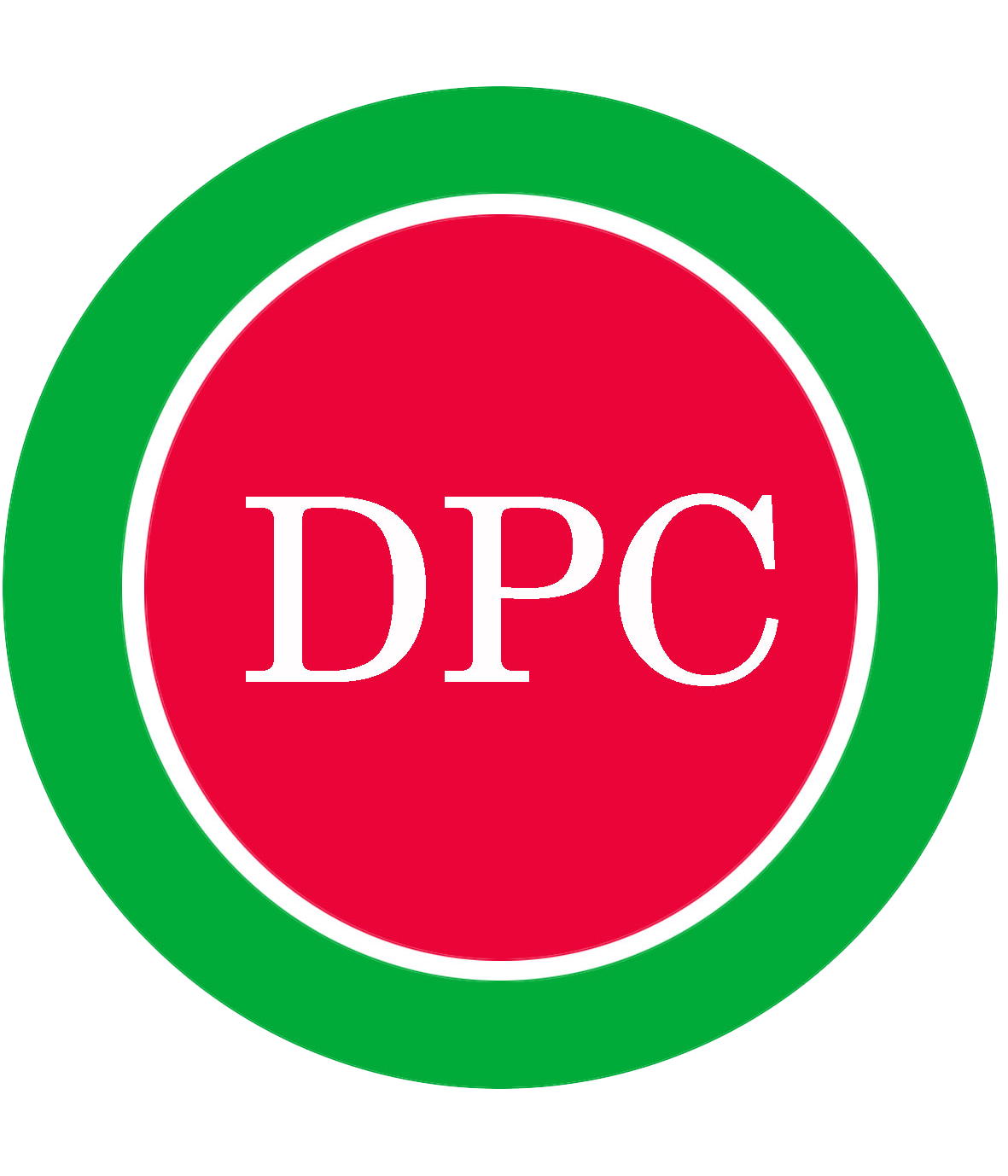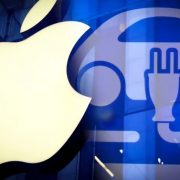Apple’s patent history reveals a major push into autos
July 25, 2022

TOKYO — A joint investigation by Nikkei and a Tokyo analytics company found that Apple has jumped into automobile-related technologies, as shown by the company’s recent patent applications.
Apple has filed patents in self-driving and other vehicle software as well as in hardware related to riding comfort, such as seats and suspension. The U.S. tech and services company is also targeting vehicle-to-everything (V2X) technology, which allows cars to communicate with each other and connect to the “Internet of Things,” moves seen as a major push by Apple to build its own platform and join a growing industry shift from just cars to overall mobility.
Nikkei and Intellectual Property Landscape found that as of June 1, Apple applied for and published 248 automobile-related patents after 2000.
It typically takes about 18 months after filing a patent for it to be published. While most of Apple’s applications in 2021 have yet to be published, eight were. This number is bound to increase throughout the year. Of Apple’s 27 applications made in 2020, five were published at the same time in 2021. The number of patents published in 2021 is almost certain to exceed this, according to Intellectual Property Landscape.
Apple’s patent applications peaked in 2017 and then temporarily tapered off. But “if applications to be published in the future are included, the total for 2021 may be on par with the record set in 2017,” said Akira Yamauchi, CEO of Intellectual Property Landscape.
Apple began to be involved in the automobile sector around 2014 when it kicked off a project code-named “Titan” to develop self-driving electric vehicles. At the time, it was believed to have hired a large number of researchers in artificial intelligence and other cutting-edge technology.
Now that the market for smartphones is maturing, speculation is rife that the California-based company will use its tech and manufacturing prowess to gain entry into the huge vehicle sector.
In January 2021, Hyundai Motor was said to be in talks with Apple. Though the South Korean automaker denied this, the fact that Apple is looking to enter the automotive arena has since become an “open secret.”
While Apple remains tight-lipped about its auto ambitions, a close look at its patents reveals the progress it has made in automobile-related technology, which can be broken down into three areas.
Vehicle-related patent applications by Apple began to gather steam in 2008, the year after it released the first iPhone. Apple initially sought to focus on connectivity between iPhones and cars. Specifically, its initial efforts centered on navigation, paving the way for the 2014 launch of Apple CarPlay, which allows some vehicle functions to be performed with the iPhone.
But in 2016, patent applications by Apple — which had been fewer than 10 per year until the middle of the 2010s — began to increase, totaling 44 in the year, up sharply from seven in 2015. And in 2017, the company filed a record 66 applications, including those related to autonomous driving.
Analysts believe that achievements made during the Titan project were behind the record number of applications. Many of the company’s latest applications cover the field of “connected cars,” the second area Apple is targeting.
Apple seemingly wants to leverage its reputation as a maker of user-friendly gadgets like the iPhone and iPad to make better cars, a pursuit reflected in its auto-related patents. Many involve technology for materials and parts used to create windows, seats, suspension and other components that will make driving and riding more comfortable. In other words, Apple is not fixated on software such as CarPlay. “Unlike Google, which is specializing in self-driving technology, Apple is making patent applications with an eye toward developing its own vehicle,” Yamauchi said.
The company’s patent applications also cover autonomous driving. In 2017, Apple began testing its own technology in this area, using production-model cars on public roads in California. Patents for which Apple applied in 2017 included those for entering traffic on highways — a particularly difficult task for which Toyota Motor and other automakers have filed patents, citing Apple’s own patents.
As Apple’s late co-founder Steve Jobs said, the iPhone “reinvented the phone.” Now the company appears keen to transform driving in the same way by developing fully autonomous driving. This could conceivably include a virtual reality system that lets people in a car hold video conferences while cruising down the highway.
The third element of Apple’s patent strategy is revealed by a recent increase in applications involving V2X technology.
This comprises the next-generation of connectedness — between cars, between cars and roads, between cars and pedestrians, and between cars and the cloud. Improving the safety of autonomous vehicles entails gathering information on traffic lights as well as cars and pedestrians in blind spots. The technology used for quickly collecting and processing such information is the focus of other automakers as well.
The application of V2X-related patents offers a glimpse into Apple’s attempt to rethink the driving experience and, importantly, safety.
Apple has filed for more than 30 patents with Intel, a leading U.S. semiconductor manufacturer. Many involve communications related to V2X and include patents frequently cited by other companies. But from 2020 to 2021, Apple applied for 17 patents in the field of communication, with only one a joint filing with Intel.
The move toward independent patent applications makes sense in light of Apple’s current strategy of distancing itself from Intel. Apple’s self-designed M-series chips have reduced electricity requirements in devices while increasing operating speed. Apple “may be considering using chips of its own design in cars,” Yamauchi said.
Apple has not officially announced its entry into the auto market but is strengthening its vehicle-related services. The company said in June that it will cooperate with 14 automakers and vehicle brands in the world, including Nissan Motor, Honda Motor and Ford Motor, for its CarPlay system.
Automakers such as Toyota and Volkswagen are developing their own software platforms for introduction around 2025.
The year 2025 is expected to become a turning point for connected cars and EVs. The GSM Association, which represents mobile network operators around the world, forecast that fifth-generation (5G) networks will come into widespread use in 2025, with 5G connections exceeding 2 billion — or more than 20% of all mobile connections. This development dovetails with a steady decrease in the cost of EV batteries, a major component of electric cars and one that keeps their prices high.
But skepticism remains about Apple’s ability to develop vehicles. Noting that the company has no automaking experience, Hiroto Suzuki, managing partner at consultancy Arthur D. Little Japan, said: “I wonder if [Apple] can ensure safety when it outsources the production of cars, which require more parts and higher levels of safety” than smartphones.
Source:Apple’s patent history reveals a major push into autos – Nikkei Asia







